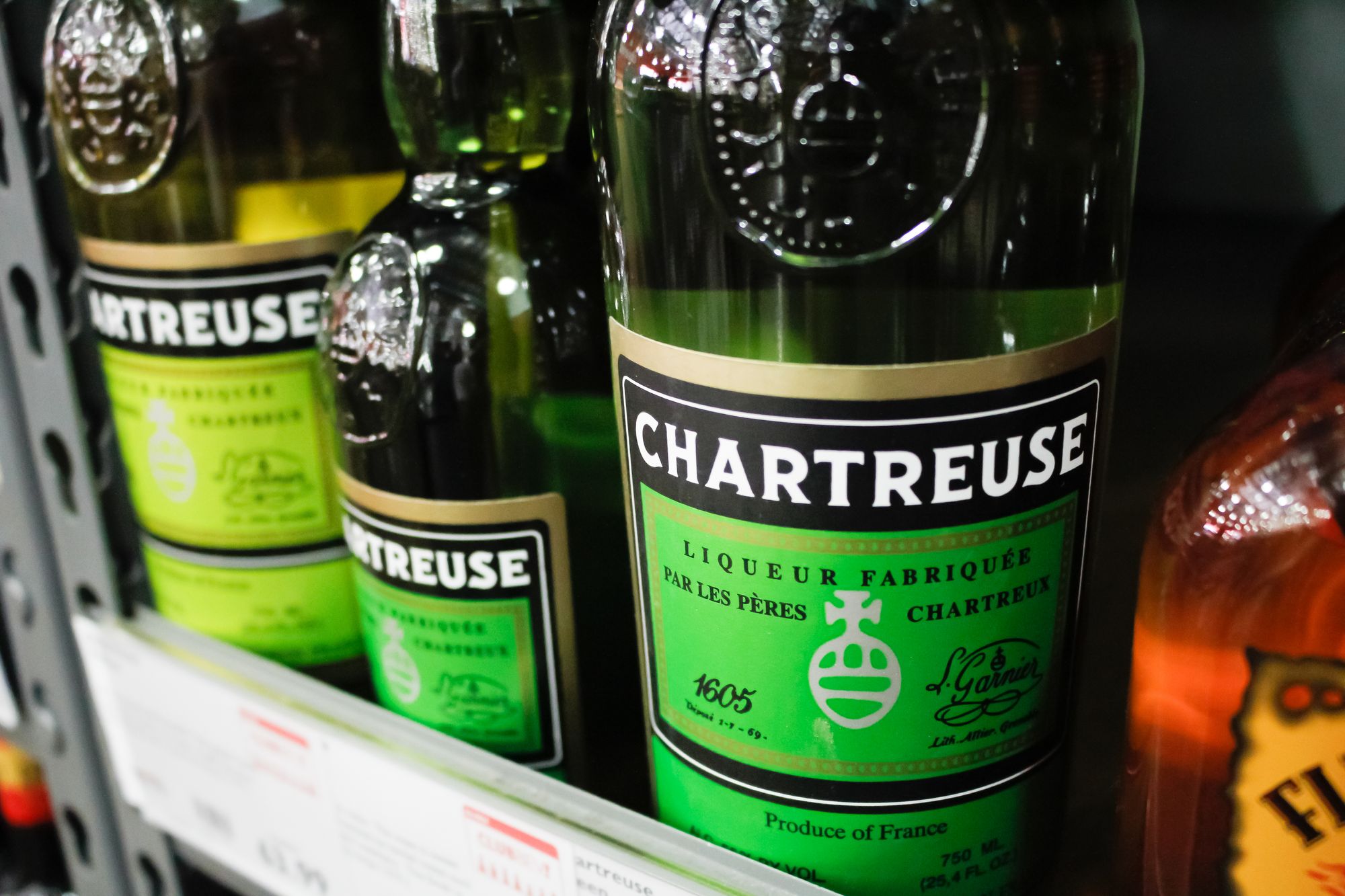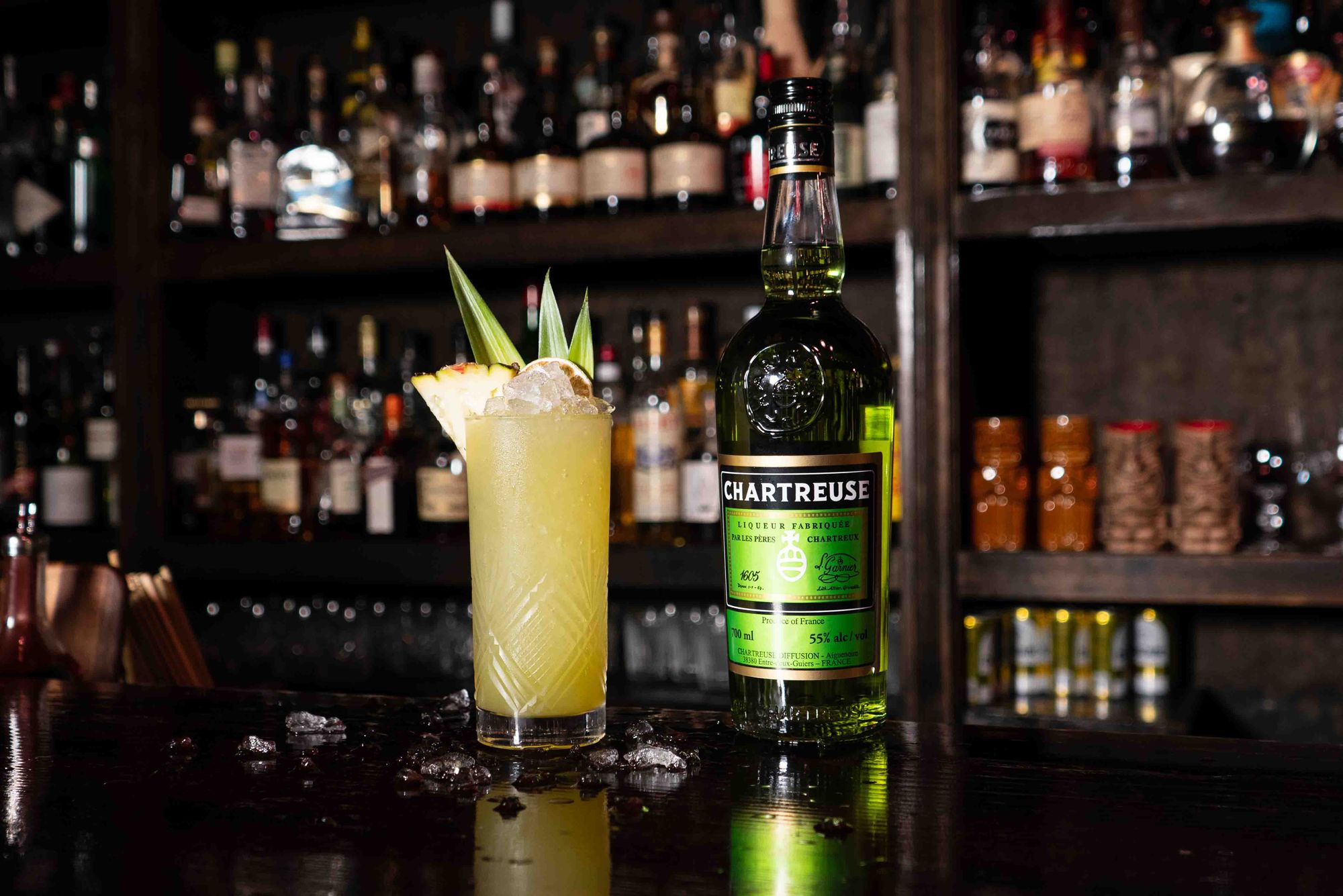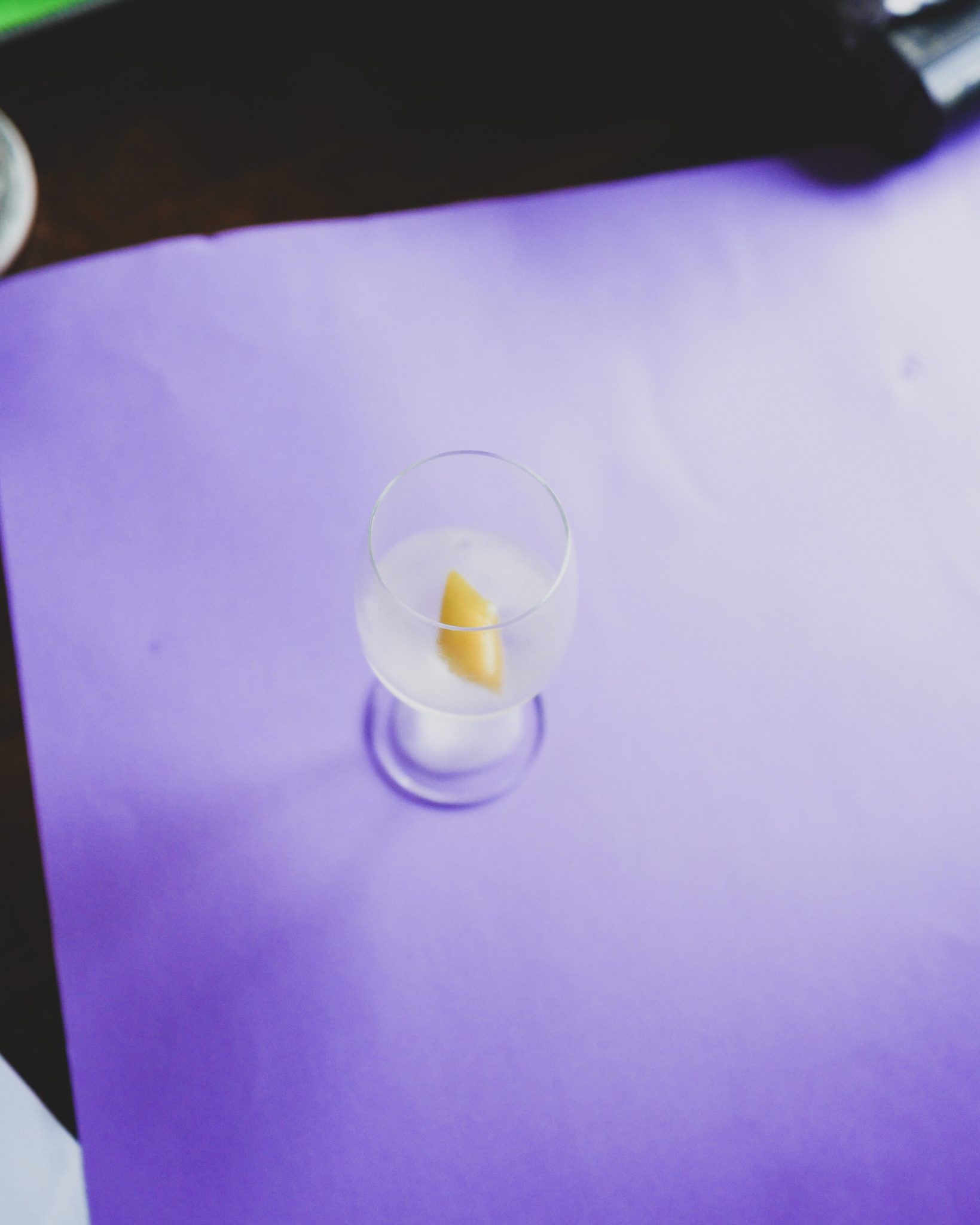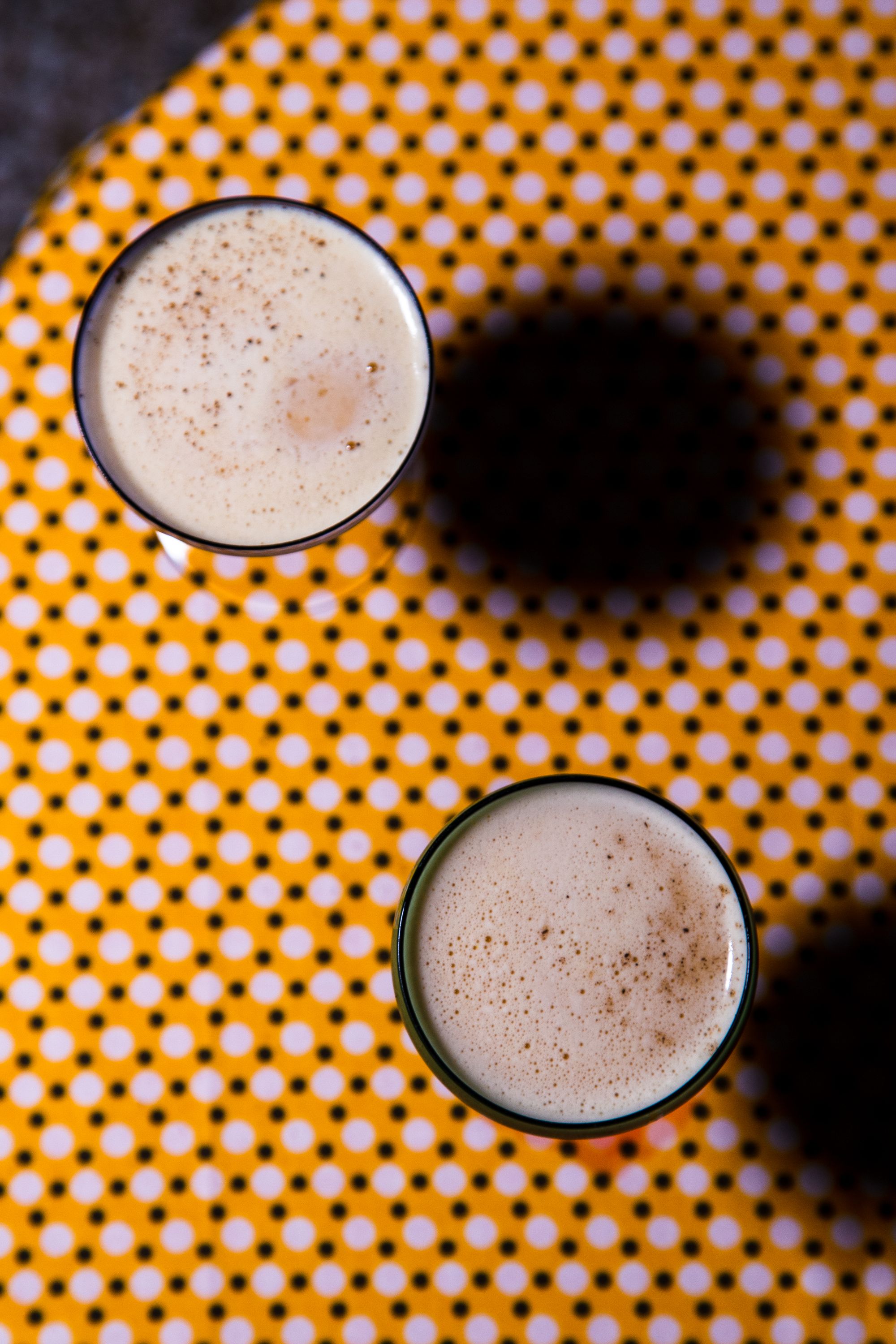Today’s the 16th of May, which — if you’re a fan, like me — is the day in which Chartreuse lovers (and the companies which market the stuff) celebrate the liqueur and its rich, 400-odd year history. Why? The recipe dates to the year 1605, of course.
Coming out of the Covid lockdown years, however, it has been harder than ever to get a bottle of Chartreuse. There’s a number of factors at play here: one, all you vest-wearing, arm garter-bearing bartenders in the first decade of the 2000s (yes, guilty as charged) who loved obscure and old fashioned tastes and cocktails like the Last Word started using a lot more of it behind the bar. Another factor is that everyday, non-hospo civilians also ended up getting an appreciation for it, pumping up demand on the way out of lockdown.
But the chief reason why it’s getting harder to get a bottle of Chartreuse? The monks responsible for making it don’t want to make more of it.
In the times we live in, I think that’s remarkable. It’s rare for a business to say, we have enough — perhaps you have to be a religious order to pull it off. I think it’s remarkable, too, because — as I get into below with Philippe Rochez, the global sales director for Chartreuse — it’s also not about making more money. Sometimes brands will reduce the quantity they make to up the scarcity and the price people are willing to pay. That doesn’t seem to be the case with Chartreuse.
So in the chat below (lightly edited and condensed for clarity) I ask Philippe about why it’s so hard to get Chartreuse at the moment, why the monks have decided not to increase their production, and just how many of the monks know how to make Chartreuse. Is it only two, like I have believed all my Chartreuse-drinking life? No, it’s not.
Sam Bygrave: Philippe, how long have you been with Chartreuse?
Philippe Rochez: I joined Chartreuse in December 1988.
The big chat about Chartreuse at the moment is that it’s hard for bartenders to get their hands on it.
It’s a challenge for us — it’s new for us — because we’ve put all our markets on allocations for the last two years, including the domestic market in France. Brand new for us, maybe not new for other spirits.
For us it’s a choice with the monks, because as you well know the monks are in charge of the operation [and have been] for the last four hundred years; they own the brand. They decided not to produce less — because we’ve never produced so much Chartreuse in the last 200 years. It’s just the fact that demand is increasing everywhere — the domestic market, the export market, everywhere.
What’s behind that?
What’s behind that is the beautiful image we have through the mixology world. The monks decided to focus primarily on their monastic life — they’ve devoted their life to solitude and prayer, that’s the primary goal, to protect that.
Clearly the Father Superior, the one in charge of the Order, doesn’t want to put any more human resources into producing more liqueur. For them, it’s enough what they have at the moment.
The shortage is also to send a signal, a message, that we also have to look after the planet and the environment, because sourcing the herbs could be an issue in the future. They are using 130 herbs, they are using 1.5 tonnes in every batch of Chartreuse, it’s roughly 40 tonnes a year they’re using. So it could be an issue in the future. So [they’re] taking care of that, and taking care of the company they’re working with. We’re 80 people, and we want to stay at a human scale in terms of a company, and to maintain Chartreuse liqueur at a good level. 1.2 million litres is great for us. I hear the frustration from the market, the French market and the export market, because everyone wants to have more Chartreuse, but we have to challenge and balance that and serve the market wisely, and maybe to protect even more the on-trade than the off-trade in the future.

Other brands might restrict the product they make, but that’s often to make it more rare and commend a higher price. That’s not what’s happening here?
No I don’t think we will go on that path, to exaggerate prices. We just want to have a fair price for the liqueur, to recognise what is behind it in terms of work and expertise to produce Chartreuse liqueur. So our job is to ensure the liqueurs is sold at a good value, and to give recognition back to the monks. It makes sense for us. It’s very kind of virtuous, because every single bottle we sell in Australia, we help the monks to secure the future of the Order.
How important have bartenders been to Chartreuse?
The reason there is so much demand for this liqueur is that there is a lot of loyalty from the customer. Most of the time, in the export market, Australia, Europe, North America, the bartending community is very loyal to the brand because they know it’s a small company, independent company, very unique, the heritage is enormous — 400 years of history.
All these facts — this is not marketing — makes sense today. When you use a product like this, the quality is there, it’s recognised by the chefs, by the bartenders, by the consumers.
Did you say there were three people who know the recipe?
Yes. Today, there are three Brothers. Two of them are in the distillery and one is more in charge of blending the herbs. There is a young Brother [in addition to the older two], an apprentice over the last two years, he’s learning his job of being a master distiller at Chartreuse, because it takes time to learn how to combine all the herbs, how to taste the dry herbs when you receive them because there are different suppliers around the world — you have to make sure you get a good batch of each herb, you’re controlling all the aspects of the maceration process.














